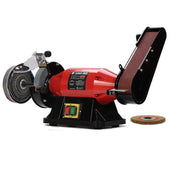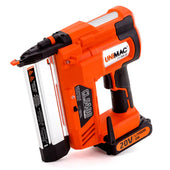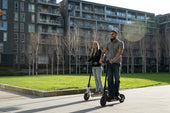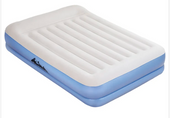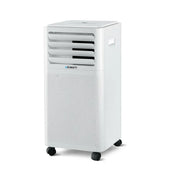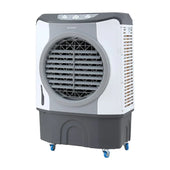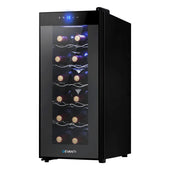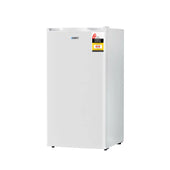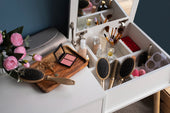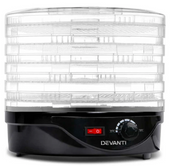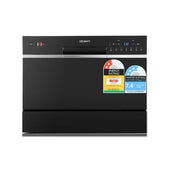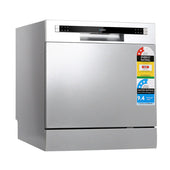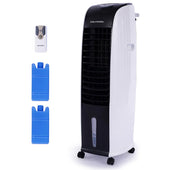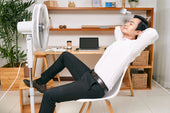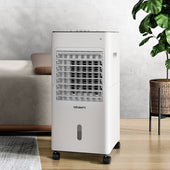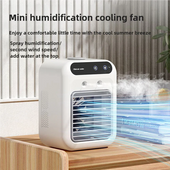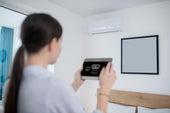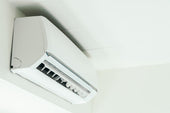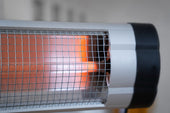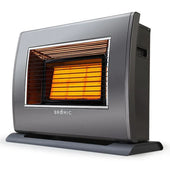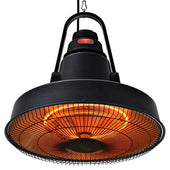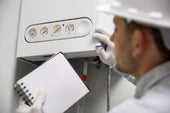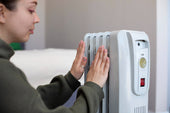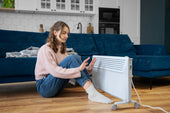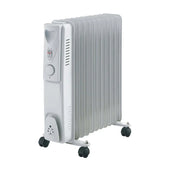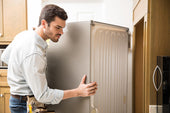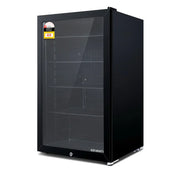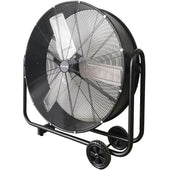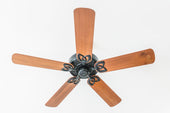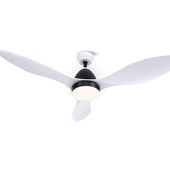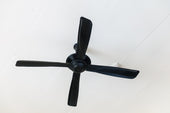Understanding Pregnancy and Its Impact on the Body
Pregnancy brings significant changes to a woman’s body as it prepares to support the development of a growing baby. Hormonal fluctuations can lead to physical symptoms such as back pain, swollen joints, and fatigue. At During Days, the added weight of the baby causes strain on the spine, hips, and legs, which may result in discomfort or postural changes. Increased blood flow and fluid retention often lead to swelling, particularly in the feet and ankles.
Additionally, the production of relaxin, a hormone that softens ligaments, can make joints more vulnerable to injury. These physical transformations often prompt individuals to seek therapies like massage for relief.
Introduction to Massage Chairs: How They Work
Massage chairs are designed to replicate traditional massage techniques using modern technology. They operate through a combination of mechanical rollers, airbags, vibration motors, and heating elements. Rollers mimic kneading and tapping motions, targeting specific muscle groups along the back, neck, and shoulders. Airbags inflate and deflate to apply gentle compression to the limbs or lower body, promoting relaxation and circulation.
Many models include features such as adjustable intensity, reclining positions, and spot-specific options to customise the experience. Advanced massage chairs may use body-scanning technology to tailor the massage according to an individual’s unique body shape and pressure points, enhancing comfort and efficiency.
The Benefits of Massage Therapy During Pregnancy
Massage therapy during pregnancy can provide several physical and emotional benefits. It promotes relaxation by reducing stress hormones and enhancing mood through increased endorphin levels. It helps alleviate common discomforts, such as lower back pain, neck strain, and leg cramps, by improving muscle flexibility and reducing tension. Massage enhances blood circulation, which aids in reducing swelling in the hands, legs, and feet, a frequent issue during pregnancy. It also supports improved sleep by relaxing the nervous system. Additionally, it may help prepare the body for labour by relieving muscle tightness and promoting overall physical comfort.
Can Massage Chairs Address Common Pregnancy Discomforts?
Massage chairs may help alleviate certain pregnancy-related discomforts commonly experienced by expectant mothers. These discomforts often include back pain, swelling in the legs and feet, and general muscle tension. The gentle vibrations and focused kneading functions of some massage chairs can provide temporary relief by promoting blood circulation and reducing muscle stiffness.
Certain models include features such as adjustable settings, which allow for customised pressure levels to accommodate heightened sensitivity during pregnancy. Heat therapy functions, often integrated into modern massage chairs, can also provide soothing relief to tense lower back muscles, a frequent concern during the later trimesters.
Safety Concerns: Are Massage Chairs Suitable for Pregnant Women?
Pregnancy introduces significant changes to a woman’s body, raising concerns about the safety of many activities, including the use of massage chairs. While massage can provide relief from aches and reduce stress, some features of massage chairs warrant caution. For example:
- The intensity of certain massage chair settings, like deep kneading or rolling pressure, might be too strong for pregnant women, especially around the lower back and abdomen.
- Electrical components in chairs, though typically low-risk, may cause concern during pregnancy, particularly in high-risk cases.
- Prolonged sessions could potentially trigger uterine contractions in sensitive individuals.
- Vibratory settings may not be advisable for some women, depending on their stage of pregnancy.
Consulting a healthcare provider is crucial.
Effects of Vibrations on Pregnancy: Fact vs. Myth
Concerns about vibrations impacting pregnancy often stem from misconceptions rather than scientific evidence. Moderate vibrations, such as those produced by a massage chair, are generally considered safe during uncomplicated pregnancies. These vibrations are typically low-intensity and do not penetrate deeply enough to disrupt foetal development.
However, myths persist, suggesting that vibrations could increase miscarriage risks or preterm labour. Obstetric studies show no conclusive link between short-term exposure to moderate vibrations and adverse pregnancy outcomes.
It is crucial to differentiate between mild therapeutic vibrations and prolonged or high-intensity vibrations, such as those from heavy machinery, which may pose risks. Always consult a healthcare provider for personalised guidance.
Precautions to Take When Using Massage Chairs During Pregnancy
Pregnant individuals must consult their healthcare provider before using a massage chair to ensure it aligns with their medical condition. Massage intensity settings should be adjusted to avoid deep tissue pressure, as excessive intensity may not be suitable during pregnancy.
Proper positioning in the chair is vital; reclined or laid-back postures should be avoided, especially after the first trimester, to prevent pressure on the vena cava. Sessions should be limited in duration—no longer than 15-20 minutes at a time—to avoid overstimulation.
If the chair has heat functions, it is essential to ensure the heat settings are kept mild, as excessive heat can impact circulation or core body temperature.
Alternatives to Massage Chairs for Pregnant Women
Pregnant women seeking relaxation and relief can explore various safe alternatives to massage chairs. These options provide comfort while accommodating the unique needs of pregnancy:
- Prenatal Massage Therapy: Certified prenatal massage therapists offer specialised techniques to alleviate tension and reduce discomfort.
- Body Pillows: Maternity pillows support the body while promoting muscle relaxation during rest.
- Warm Baths: A warm bath can soothe sore muscles and improve blood circulation.
- Gentle Yoga or Stretching: Prenatal yoga focuses on safe stretches and breathing exercises, enhancing flexibility and relaxation.
- Foam Rollers: Foam rolling alleviates muscle tightness, though care should be taken with pressure.
- Hydrotherapy: Swimming or water-based exercises reduce strain while easing muscle tension effectively.
Consulting Your Doctor: What Pregnant Women Should Discuss Before Use
Pregnant women should seek medical advice before using a massage chair to ensure safety. Discussions with a doctor should include:
- Current stage of pregnancy: Mention the trimester, as certain stages may have more sensitivity.
- Existing health conditions: Discuss any complications like high blood pressure or back pain.
- Specific massage settings: Ask about the effects of vibration, heat, or intensity levels on pregnancy.
- Doctor-recommended duration: Obtain guidance on how long sessions should last.
- Potential contraindications: Confirm whether massage chair use is safe for individual circumstances.
Pregnant women should share their full medical history to inform the doctor’s recommendations. Transitioning to alternative relaxation methods can also be explored if needed.
Key Features to Look for in Pregnancy-Safe Massage Chairs
When selecting a massage chair for use during pregnancy, specific features enhance safety and comfort.
- Adjustable Intensity Levels: Look for models offering customisable massage intensity to accommodate sensitive areas and varying comfort levels.
- Heating Elements with Controls: Chairs with adjustable heating elements allow users to avoid overheating, which is crucial during pregnancy.
- Prenatal Massage Settings: Some chairs include dedicated modes tailored for pregnant users, focusing on lower back and legs.
- Ergonomic Support: Proper lumbar and back support are essential to avoid undue pressure or strain.
- Non-Vibratory Options: Gentle compression over forceful vibration is recommended to ensure safety.
- Safety Certifications: Check for certifications ensuring the chair meets health and safety standards for pregnant users.
Frequently Asked Questions About Massage Chairs and Pregnancy
- Can pregnant women use massage chairs during the first trimester? While opinions may vary, some healthcare professionals recommend avoiding massage chairs in the early stages due to potential sensitivity and the importance of cautious care.
- Are all features of massage chairs safe for expectant mothers? Functions such as intense rollers or heat therapy may not be suitable. Gentle settings are usually considered safer but should always be cleared with a doctor.
- How long can a pregnant woman sit in a massage chair? Sessions should be limited to short durations, typically 15–20 minutes, to prevent undue pressure on the lower back or abdomen.
- Does vibration therapy pose risks during pregnancy? High-intensity vibrations might be risky, particularly in sensitive trimesters, though low-level vibrations are generally less concerning.
- When should a massage chair be entirely avoided? If complications like high-risk pregnancy or pre-existing conditions are present, skipping massage chair use is often advised to avoid unnecessary risks.
Balancing Comfort and Safety: Making the Best Choices in Pregnancy
Pregnancy often brings physical discomfort, particularly in the back, hips, and legs. Selecting methods to alleviate these aches requires careful consideration. Massage chairs offer convenience and relaxation, but knowing how to use them safely is essential. Features such as heat settings and vibration should be monitored, as excessive use might not suit every expectant mother.
Health conditions like high-risk pregnancies or complications make consulting a healthcare provider crucial before use. Moderate sessions, avoiding prolonged pressure on certain areas, can ensure comfort without compromising safety. By understanding potential risks and benefits, individuals can make informed decisions tailored to their unique needs.


